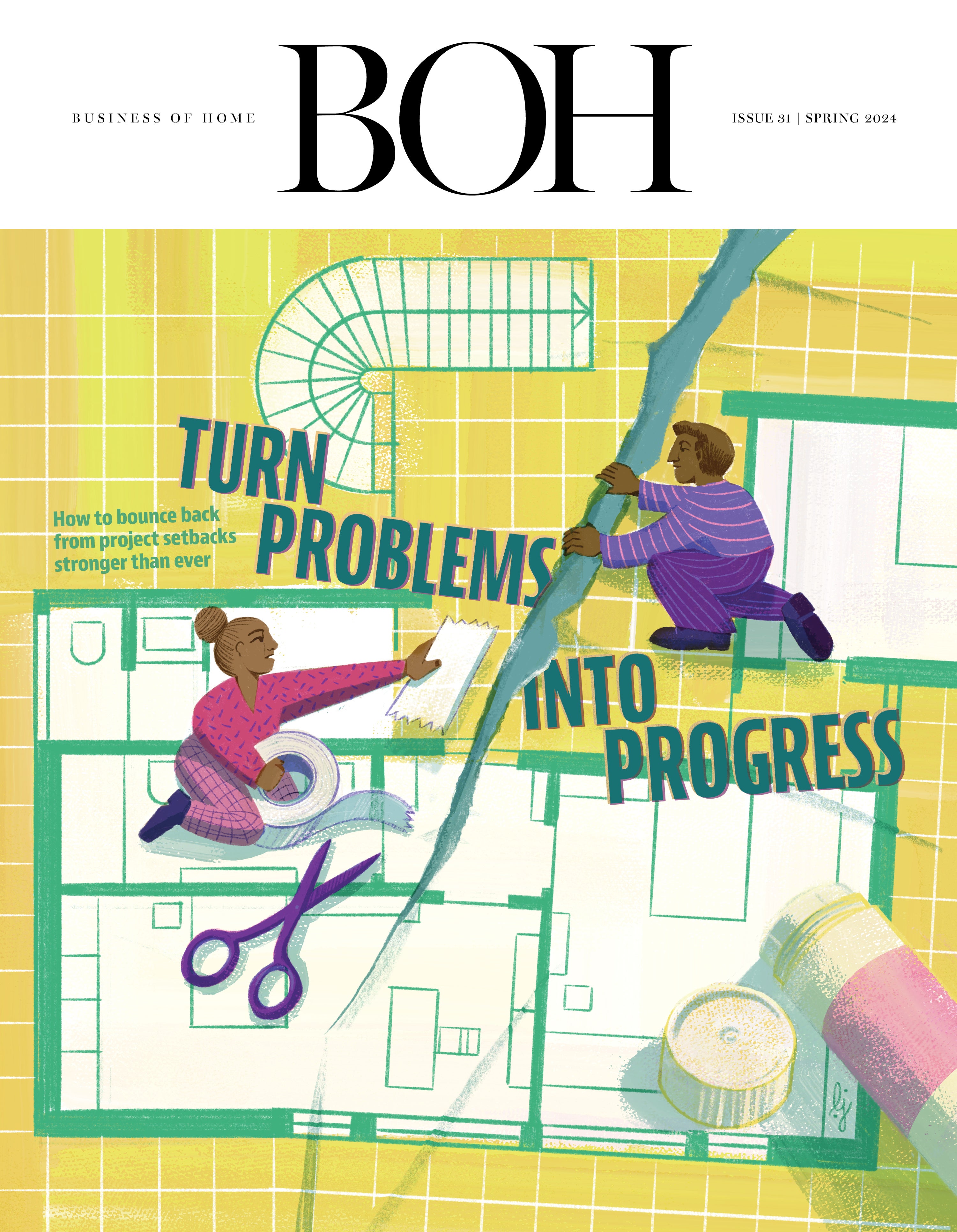The Federal Reserve approved a quarter-point interest rate cut on Wednesday, its first cut since December 2024, and indicated that two more rounds could be coming before year’s end. While that may seem like good news at the outset, experts (and even the Fed chairman himself) warn that it’s unlikely to majorly move the needle when it comes to mortgage rates or jump-starting the housing market.
“Most analysts think it would have to be a pretty big change in rates for it to matter a lot for the housing sector,” Fed chairman Jerome Powell said in a press conference after the announcement. Powell referred to the rate reduction as a “risk-management cut” made in response to rising unemployment, noting that inflation remains high, hence the central bank’s decision to slowly lower rates in lieu of issuing more dramatic cuts.
In anticipation of the cuts, mortgage rates began to fall last week, with the average 30-year fixed rate reaching an 11-month low of 6.35 percent and dipping slightly more today, to 6.26 percent. The benefit to prospective buyers was already in effect when the Fed made its announcement yesterday, and further adjustments to mortgage rates are unlikely. “Mortgage rates may stay relatively flat in the short term since markets had already priced in this cut,” Bill Banfield, Rocket Mortgage chief business officer, told CNN. “However, consumers could benefit from lower short-term rates, making adjustable-rate mortgages—which closely follow the Fed’s moves—more attractive.”
One bright spot for homeowners may be the opportunity to refinance existing mortgages. In a statement posted today, Freddie Mac said that the weekly share of mortgage applications that were for refinances reached nearly 60 percent in the past week, the highest since January 2022.
During his press conference, Powell largely deflected the idea that the Fed has the power to majorly impact the housing sector: “We don’t set mortgage rates.” He went on to say, “There’s a deeper problem here, that’s not a cyclical problem that the Fed can address, and that just is pretty much nationwide: housing shortage. A lot of places in the country just don’t have enough housing for people.”


















dd3b-4.png)











